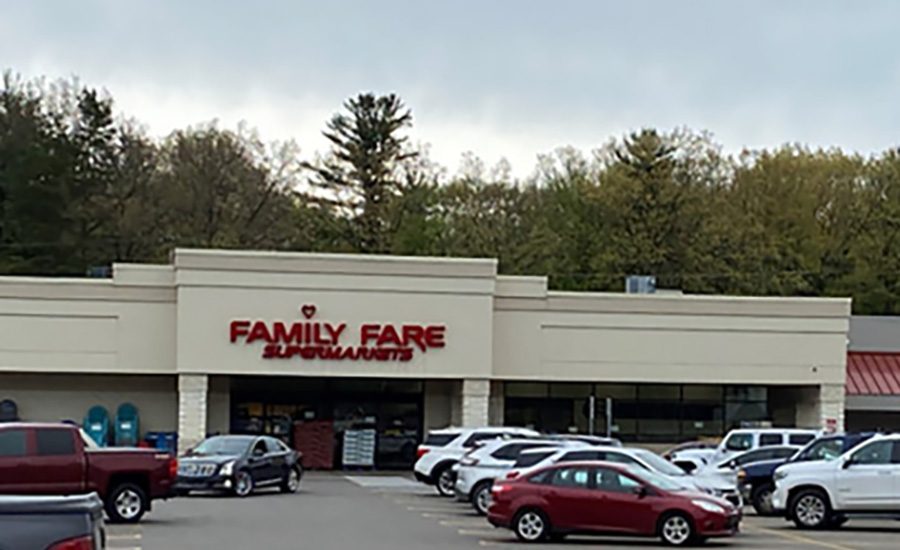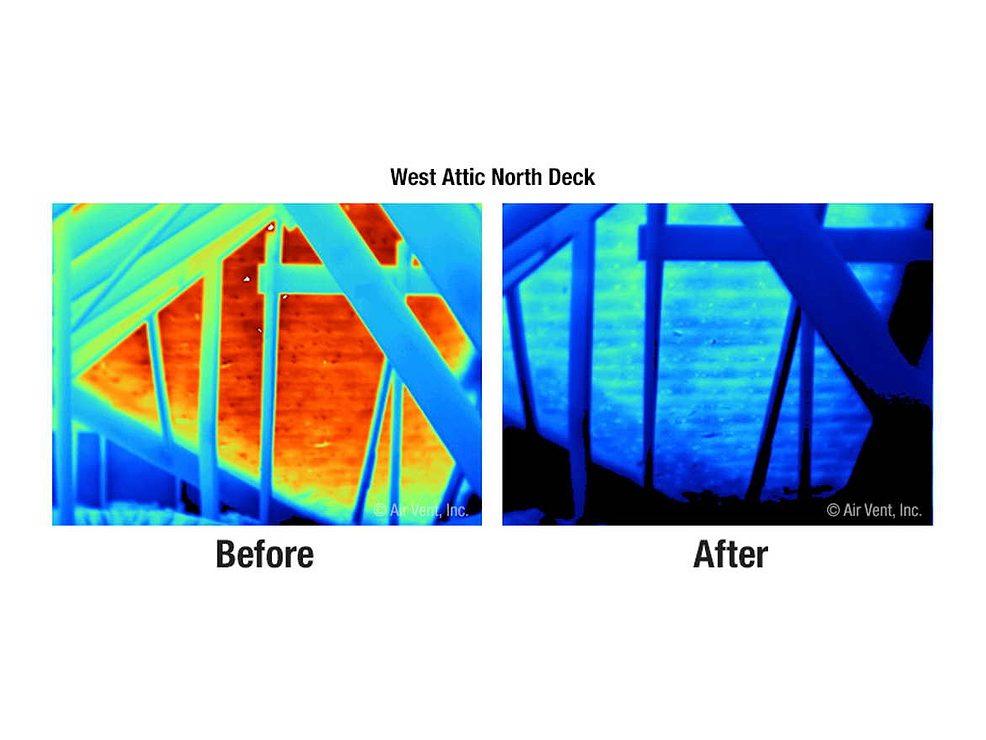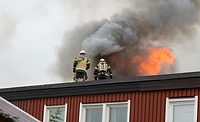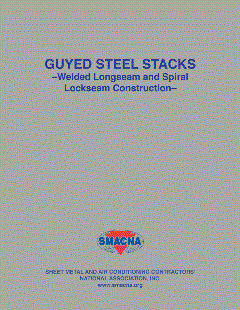Economic Reports
ABC Analysis: Tariffs Drive Surge in March Construction Prices
Uncertainty about Trump's tariff plans continue to affect stock market, pricing

Photo by Tiger Lily via Pexels.
The effects of President Donald Trump’s tariffs continue to emerge, with the Associated Builders and Contractors’ latest analysis showing the tariffs sparked rising construction prices before they went into effect.
Using data from the Bureau of Labor Statistics, ABC economists say construction input prices increased 0.5% in March. Similarly, nonresidential construction input prices increased by 0.6% in the same period.
Both overall and nonresidential construction input prices are 0.8% higher than one year ago.
“Construction input prices increased at a rapid pace for the third consecutive month in March and have now risen at a 9.7% annualized rate through the first quarter of 2025,” said ABC Chief Economist Anirban Basu.
Basu says one of the biggest contributors is the tariffs announced by the Trump administration, most notably with iron, steel, steel mill products and copper wire and cable prices rising more than 5% for the month.
“While contractors remain busy for the time being, according to ABC’s Construction Backlog Indicator, this pace of input price escalation, coupled with rising uncertainty, will cause projects to be delayed and canceled if it persists for any meaningful length of time,” Basu said.
ABC’s analysis shows the latest numbers are a 41.6% increase from February 2020 for overall construction input pricing.

Chart courtesy of the Associated Builders and Contractors.
Market Uncertainty
Trump announced on Wednesday that he would pause large tariff hikes for most countries for 90 days, except for China.
As a result, the Dow Jones Industrial Average swung back up by nearly 8% on Wednesday, though it ended down 2.5% as the relief from pausing the tariffs faded. The S&P 500 fell more than 3% and the Nasdaq lost around 4%.
The declines hint at the uncertainty surrounding what Trump plans to do about tariffs. He left a 10% tariff on most countries in place, and when combining all the tariff hikes he imposed in this term, is hitting China with a 145% tariff. In retaliation, China has raised tariffs on the U.S. to 125% as of Friday, which is on top of an existing 20% tax.
When asked about his decision to pause, Trump said examining the bond market played a role, saying people “were getting a little bit yippy, a little bit afraid.” Treasury Secretary Scott Bessent insisted the market chaos caused by the moves was purposeful.
“This was driven by the president’s strategy,” he told reporters on Wednesday. “He and I had a long talk on Sunday, and this was his strategy all along.”
Mixed messaging from Trump’s aides, and the president himself, about the tariffs has led to confusion. Some insist they’re a negotiation tactic while others say they’ll be permanent. When asked about this contradiction, Trump insisted they can be “both.”
Various officials have said the goal of the tariffs is to generate better trade deals, boost the economy, raise revenue, bring jobs and factories back to the U.S., and lower prices for consumers.
Uncertainty will likely continue to affect pricing and investor behavior alike, meaning the roofing industry will need to prepare for potential price hikes and supply chain issues.
Looking for a reprint of this article?
From high-res PDFs to custom plaques, order your copy today!






.jpg?height=200&t=1745402846&width=200)
